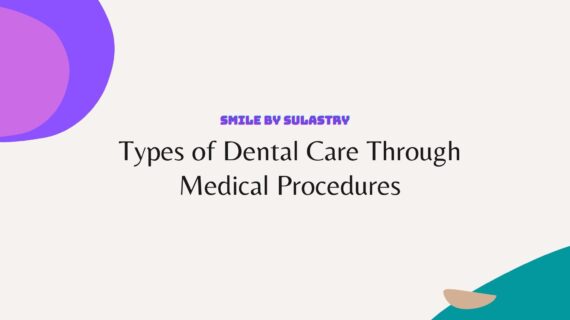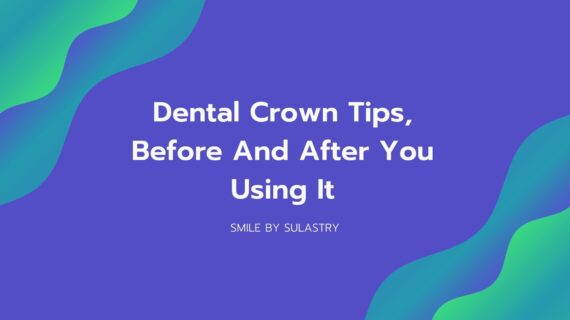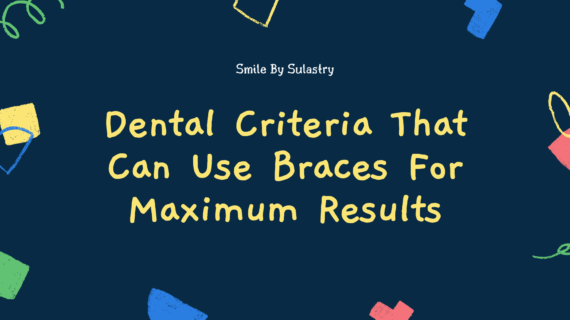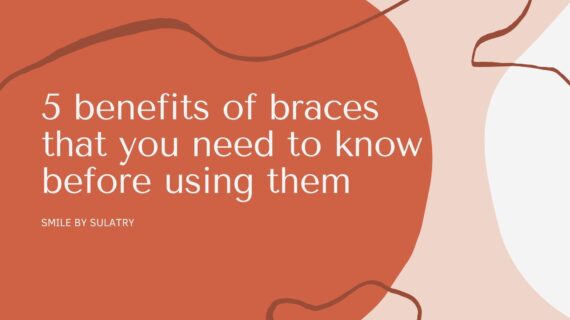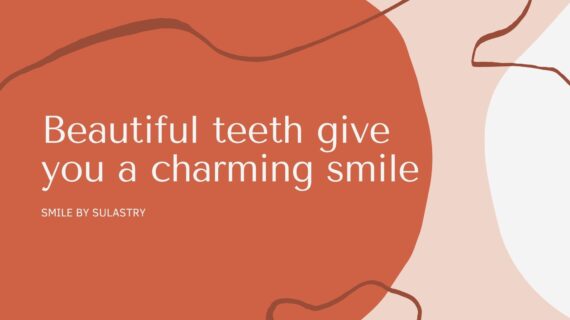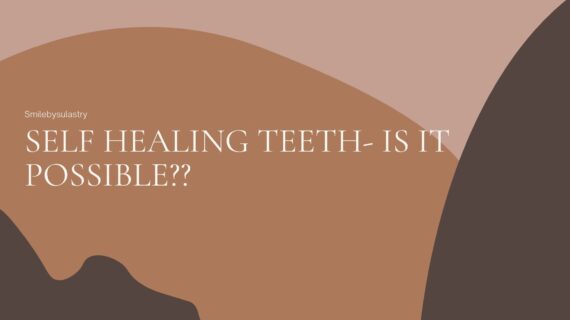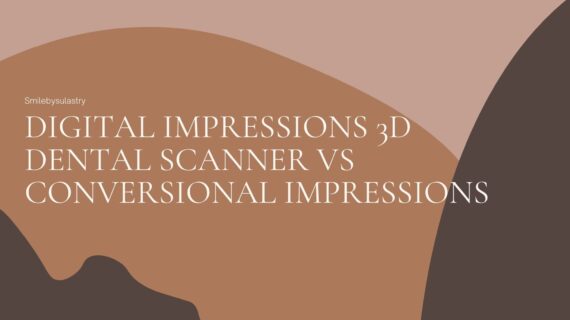Types of Dental Care – Dental care through medical procedures with a doctor can help reduce damage to your teeth. Apart from daily habits in maintaining healthy teeth and mouth, this dental medical procedure is necessary for various serious dental and gum diseases.
Some medical procedures are carried out routinely such as tartar rooms, while others are performed when absolutely necessary. then, what are the types of dental care through this medical procedure?
Why Do You Need to Do Dental Care Through The Doctor?
Dental care through medical procedures can be done by dentists to cure toothaches, dental diseases, or just to improve the appearance of your teeth.
Your teeth can be permanent and can last a lifetime if you get good and proper dental care from an early age. But, if your toothache doesn’t go away then you need to take further action to go to the dentist.
The appearance of teeth that are not as desired also will not be easily changed just through daily habits. Therefore, it is highly recommended to see a dentist in order to solve your dental problems appropriately.
Also Read What is Dental Bridge? When Should You Use it ?
Types of Dental Care
Medical procedures can be an alternative to treating your sore teeth. You can do this if the pain in your teeth doesn’t go away after a few weeks. The following are some of the medical procedures that doctors usually do to treat toothaches :
1. Tooth Filling
Tooth decay that causes holes can be treated with dental fillings. That need to be filled so that your teeth do not become damaged over time. If the cavity is left for a long time and no action is taken, it can affect the nerves of your teeth. If so, you will usually experience pain and tenderness that is so pronounced.
The holes in the teeth are cleaned, dried, and covered with filling materials. The filling material itself is available in various kinds. The doctor will definitely give you advice regarding the most suitable material to close the cavity in your tooth based on the size, shape, and location of the tooth cavity.
Tooth filling is also performed to treat other conditions, such as broken teeth, attrition and abfraction of the teeth (tooth hard tissue damage), as well as for people who will undergo root canal treatment.
2. Tooth Extraction
In the world of dental care, dental care through a tooth extraction procedure is called odontectomy. Tooth extraction is usually performed on teeth that have been loose, badly damaged or decayed.
Tooth extraction is usually also performed on wisdom teeth that are growing abnormally, such as crookedly or growing unevenly.
Wisdom teeth that grow abnormally can cause various problems with your teeth. If part of the wisdom tooth appears through the gum and part of it is still covered, the gums can feel pain until they are swollen.
The growth of wisdom teeth creates significant oral and dental problems, which is why it is highly recommended that they be extracted by means of a tooth extraction procedure.
3. Scaling
The doctor will usually perform a scaling procedure to clean and remove dirt on the teeth that have accumulated a lot.
The discharge can consist of food debris, plaque, and tartar caused by the accumulation of plaque and minerals from saliva.
To clean plaque and tartar properly, you can use a tool called an ultrasonic scaler. these types of growths on these bacteria can be the main cause of gum disease.
Plaque that has stuck to the teeth and hardens for a long time can turn yellowish, brownish in color, and at worst can turn black. The visible color of the plaque makes the teeth look dull and seem less well-maintained.
After scaling, the dentist will usually clean and polish the teeth using a rotating brush with toothpaste slowly. This can help treat and prevent ongoing gum disease.
4. Sealant
Sealants are medical procedures for dental care that are safe and performed without causing pain. The main purpose of sealants is to protect teeth from tooth decay that gets worse over time.
Sealants are made of a protective layer of plastic that is applied to the bite surfaces of the back teeth, molars and premolar teeth. Sealants function to prevent food and bacteria from entering the small crevices in the teeth that can cause tooth decay.
Because the back teeth, molars, and premolar teeth have small holes or gaps on the surface of the bite, this can easily bring bacteria into between the teeth.
This medical procedure is generally also used by children from an early age, so it can reduce the risk of damage to permanent teeth as they become adults.
5. Root Canal
This root canal procedure, also known as endodontic, aims to replace the pulp of a tooth that is damaged or infected by a tooth filling.
The dental pulp or nerves are sensitive tissues that work to provide oxygen, nutrients, and flavor to your teeth.
Severe decay or injury to the mouth and teeth can cause permanent pulp damage. At worst, the color of the teeth can turn dark, indicating that the nerves of the teeth have died as a result of the damage received.
A pulp that is infected and spreads through the root system of the tooth can eventually cause an abscess. Symptoms of an abscess that you can feel are pain and tenderness when you bite food or chew something.
The damaged pulp will be removed from the tooth through a dentist procedure, then the dentist will dry and fill the root canal and cover the tooth with a filling or dental crown to prevent further infection.
6. Dental implants
Implants are safe dental care. You need to take care of it like natural teeth so that it holds up well for a very long time and can become permanent if possible.
Dental implants are usually used to support one or more dentures that have been placed. The implants used are usually titanium screws that can replace the roots of the teeth when they break down later.
If dental implants are not properly cared for, they can cause gum infection, bleeding, pain, and discomfort in the mouth.
7. Dental Crown
Dental crowns are used to cover all teeth which can be made of porcelain, porcelain and metal, or just metal.
This dental treatment is very appropriate for repairing teeth that are broken, rotten or have weakened due to damage to the inner teeth. Dental crowns can also be selected as a medical procedure to make your teeth look better in order to increase your confidence.
8. Veneer
Veneer is a thin layer of porcelain that is made right against the front surface of the tooth.
You can choose the right porcelain color that can give you a discoloration to brighten your teeth.
The purpose of these veneers is to improve the shape, color and position of the teeth.
The veneer procedure can also be used to close small gaps in teeth. Veneers cover the entire front of the tooth to replace any broken or missing parts.
9. Bridge
The gaps in the teeth can allow food debris to enter easily. And it’s can leave bacteria that cause tooth decay and your gum disease. Using a dental bridge can close and support the gaps or gaps in your tooth space.
This dental bridge installation procedure is used when the number of teeth to be replaced. Is only a few or when only one tooth is missing on the side of the mouth.
10. Teeth Whitening
Teeth whitening in the standard way can be done with several visits to the dentist. Besides that, you also need to wear a mouth guard containing whitening gel while at home. This medical procedure aims to make your teeth whiter.
Choose the types of dental care that is right for you, and don’t forget to often consult your dentist. You can visit us in Smile By Sulastry if you think there is a problem in your teeth. Please contact us, and we will be happy to serve you.
References :
